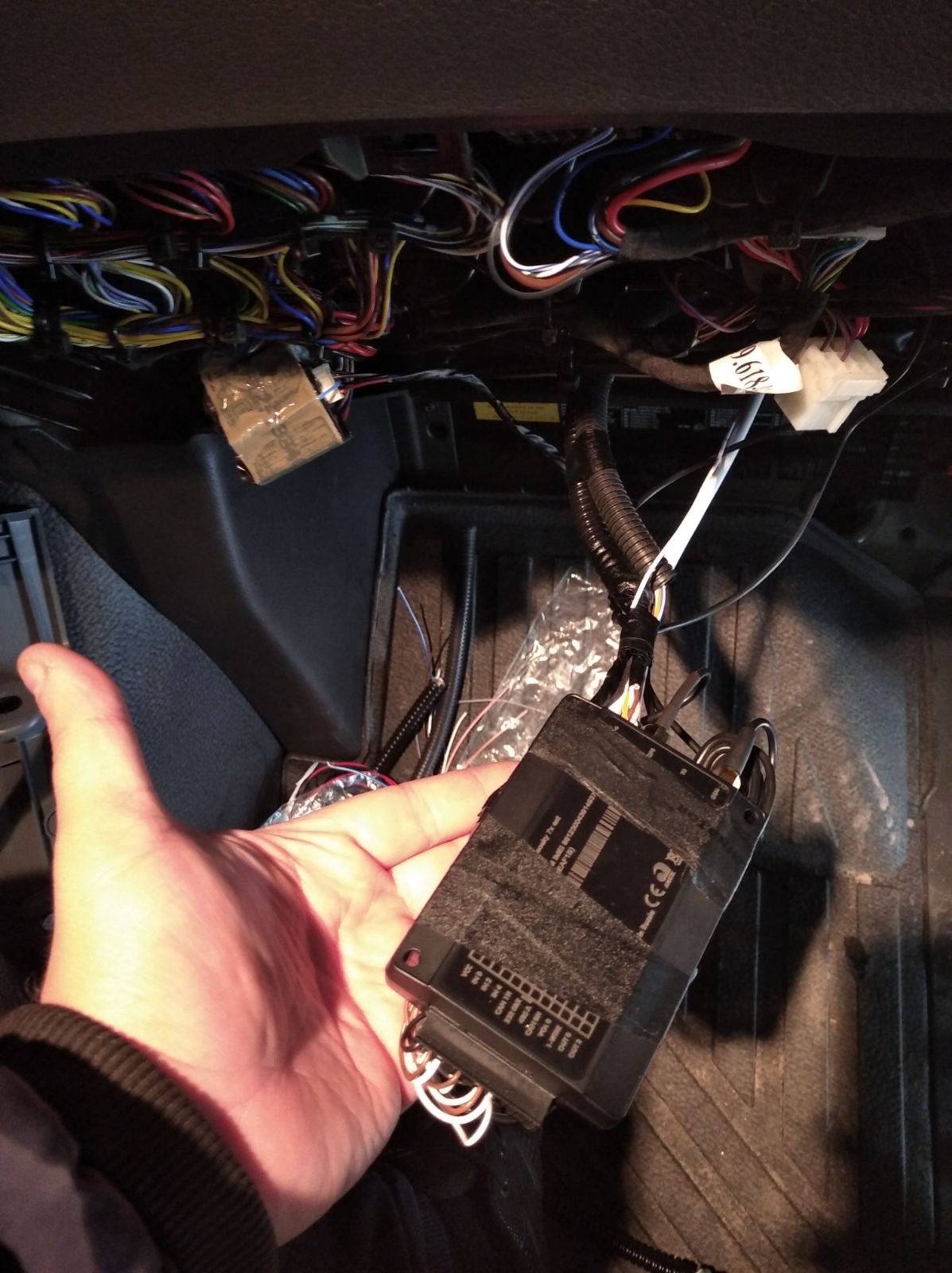
Good afternoon, dear colleagues and simply lovers of non-standard technical solutions.
I present to your attention a story from the everyday life of a modest system integrator and telematics supplier for the endless Russian expanses)))
Somehow, an extraordinary task was received from above, which went beyond the usual "Glonass" days. On a recommendation, we were approached by one oil service company (and which one - NDA), which is engaged in hydraulic fracturing (hydraulic fracturing) services in the Near North to increase well flow rates. The technology relatively recently began to be applied in the post-Soviet space and has already managed to conquer its niche in all major oil and gas fields.

The "fleet" performing such work usually consists of 7-8 or more units of diverse equipment. But its backbone is always a hydraulic fracturing plunger pumping unit on a movable chassis (up to 5 pumps are simultaneously connected to the well through special adapters), which can create pressure up to 1000 atmospheres. For example, the tire pressure of a conventional passenger car rarely exceeds 3 atmospheres. More information about the fracturing operation can be found here .

The client was hurt by the regular huge write-offs of fuel assets for work processes (the consumption, according to the masters of one installation, reached 200 liters of diesel fuel per hour). Of course, this was attributed to overspending and difficult working conditions - cold weather, working mixture temperature, etc.
They tried to double-check all this, conduct field examinations and measurements, but they did not come to any stable result. They installed Glonass to control the fuel level in the tanks, but did not achieve serious savings. As a result, the oilmen began to look for a company that has a non-standard approach. And found us
Put on your Monblan and go
The client set the task to obtain data on the engine parameters of the Mercedes-Benz Actros chassis and the actual separate engine (produced by MTU or Detroit Diesel from 2000 hp) installed on its frame for the plunger pump, as well as additional parameters from the mixture flow sensors, operating pressure in well, etc.
After a detailed study of all the nuances, a pilot installation was planned.

On one of its fleets, the customer provided brand new hydraulic fracturing pumping units, and we, without wasting time, with infinite enthusiasm set to work. Since the special equipment is very complex, and literally stuffed with various sensors and heating lines, including fuel tanks, access to the latter was very seriously limited due to tight wiring harnesses, all kinds of tubes, metal. platforms and cable trays.
In order to install Omnicomm LLS EX-5 fuel sensors (FLS), as required by the regulations, I had to sweat a lot, but they didn’t dare to install such a thing, even taking into account the fact that the new generation of sensors of the 5th series became twice as wide in the measuring part - they acquired proprietary FuelScan technology, which allows them to independently adjust their output values for any type of fuel, including those with additives.

Huge fuel tanks in total contained about 1.5 tons of diesel fuel. The cable routes from the FLS to the chassis cabin, where the navigation terminal is located, ranged from 15 to 25 meters, and it was really hell for laying the route since there is no space in the frame from the word “at all”. We used cable assemblies in a metal corrugated pipe.
The terminal was used with two GalileoSky 7x CAN buses, since this is a reliable and objectively advanced equipment of a domestic manufacturer, and in the latest models, very good. many cool features (2xCAN interfaces, EasyLogic technology, etc.).
Delicate reverse engineering process
After calibrating the FLS, it was the turn to take readings from the CAN-buses of 2 engines. The data on the chassis based on MB Actros were more or less known to us, although the protocol was proprietary 11-bit, we managed to extract a lot of data (rpm, coolant t0, mileage, position of gas and brake pedals, light variations, seat belt, fuel consumption cumulative and instant, data from two Webasto units, since they were "wet" and also affected fuel consumption).

After quite a lot of nerve hours, we were able to reverse engineer the CAN bus of the upper equipment, and there turned out to be a rather extensive modified J1939 CAN bus of 29 bits at 500,000 kbit / s with many interesting parameters (engine speed, temperature and pressure of various working fluids ( antifreeze and oils) of the engine and the Allison automatic transmission, the current gears of the automatic transmission, the consumption of the working mixture). We also had to tinker with the pressure sensor in the working line (current loop 4-20 mA), since it, bypassing the CAN bus of the engine ECU, came directly to Siemens SIMATIC, and we had to resort to installing an additional normalized current-to-voltage converter.
Smile after the fact

In general, dancing with a tambourine, everything is like everyone else. However, after long observations of the actual work of the "fleet" in the fields, proprietary algorithms for calculating the current rate of fuel consumption from the current real load have been implemented. At the exit, the customer received a monitoring system, which automatically shows serious deviations from the rate of fuel consumption and issues interval violations in the form of events "fuel drain".

And such events clearly took place - with the installation of the system, a huge gap between the actual consumption and the previously written off method of "overspending" the volume of fuel immediately emerged.
As a result, the final was happy for us (a long-term contract for the supply and installation of a monitoring system for all the customer's equipment and excellent recommendations for further promotion to other organizations in the region of his presence). How it all ended (and whether it ended already) for the one who dumped the state fuel, we do not know.